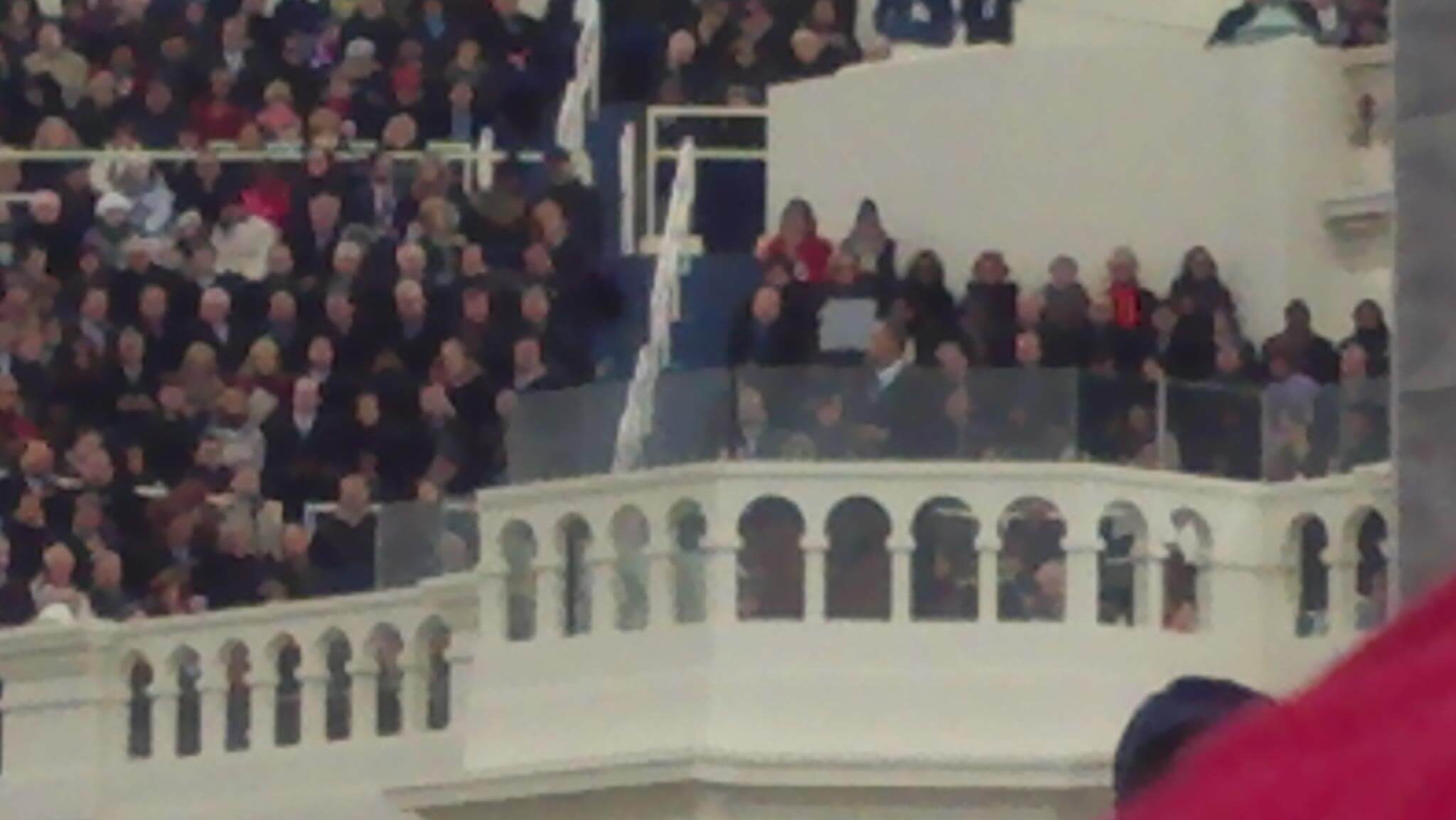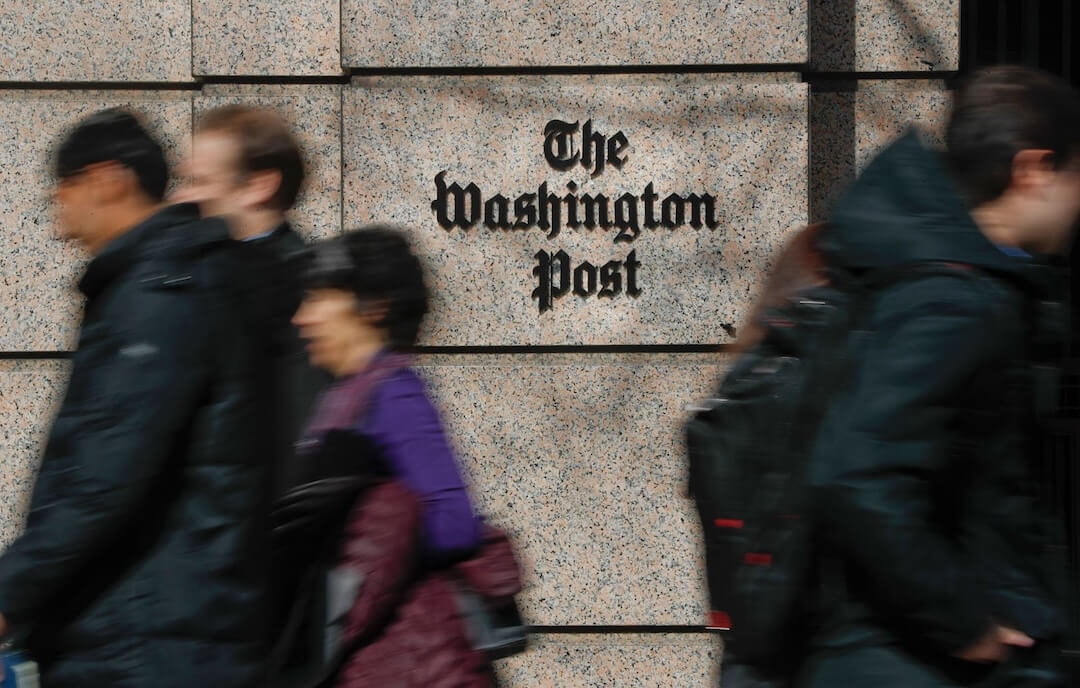In August, Washington Post Managing Editor Cameron Barr and his fellow senior editors decided to do something about a problem that had been niggling at them for some time:
Articles were becoming too long, often for no good reason.
“We were seeing too many pieces that were in the mid-range of their ambition and their success — coming in at 60, 70 inches of copy,” Barr said. “We were seeing the same thing in a number of blogs, where pieces were just too long, and we felt as though editors were not applying the necessary discipline and rigor in how these pieces were being handled on the desk.”
Related: Poynter’s training package on writing short
The solution? A newsroom-wide initiative to cut down on editorial flab, Barr said. Since the middle of August, he’s asked Post’s department heads to take responsibility for articles longer than 1,500 words online or 50 inches in print. Bylines, captions, headlines and subheadings don’t count.
The idea, Barr says, is to “promote a sense and awareness of responsibility” among reporters and editors that stories shouldn’t be long for length’s sake.
Barr hasn’t crunched the numbers on cumulative story length since the initiative went into place, but he’s noticed more pieces coming in at just under the 1,500-word benchmark.
The senior editor who runs the copy desk produces a list of stories that go over the line, which Barr keeps an eye on. But there are no consequences for going over — just the occasional revision for a piece that is deemed “unnecessarily long.”
“What we want to do is make the writing better,” Barr said. “We’re not interested in punishing people. It’s not a data-driven enterprise. It’s a quality-driven enterprise.”
There are, however, rewards for coming up short. Editor-reporter duos who turn in a front-page enterprise story under 1,000 words are awarded the “Brevity Cup,” a distinction that comes with drinks out with a managing editor. The first winners, reporter Ann Marimow and editor Mary Pat Flaherty, won for a front-page story about a court battle over a D.C. gun ban and will soon be treated at The Jefferson, an old Post haunt.
This isn’t to say Barr is against longform journalism at The Post. He rattled off several recent takeouts, including an in-depth story by Kathryn Tolbert, and praised them for their detail. The goal is to have efficient short pieces and ambitious long stories and prune the articles dithering in between.
“We didn’t want to institute any kind of senior editor prior approval for length,” Barr said. “I don’t think journalism can be that programmatic. Instead, we just wanted to make people aware that there was an issue.”
What prompted the earlier trend toward verbosity? It might’ve been awhile since editors made an issue of length, he said. But when asked whether expanded real-estate on the web is to blame, he demurred, saying there shouldn’t be different standards for print and digital stories.
“To say there’s unlimited space on the web is one thing,” Barr said. “There’s certainly not unlimited time in the lives of our readers.”
Correction: A previous version of this story said The Post’s length benchmark was 60 inches. In fact, it is 50 inches.






